The story behind Hermès’ ‘Barénia’, a perfume that took nearly ten years to make
Hermès’ ‘Barénia’ is the house’s first-ever chypre fragrance. Christine Nagel tells Wallpaper* why it was almost ten years in the making
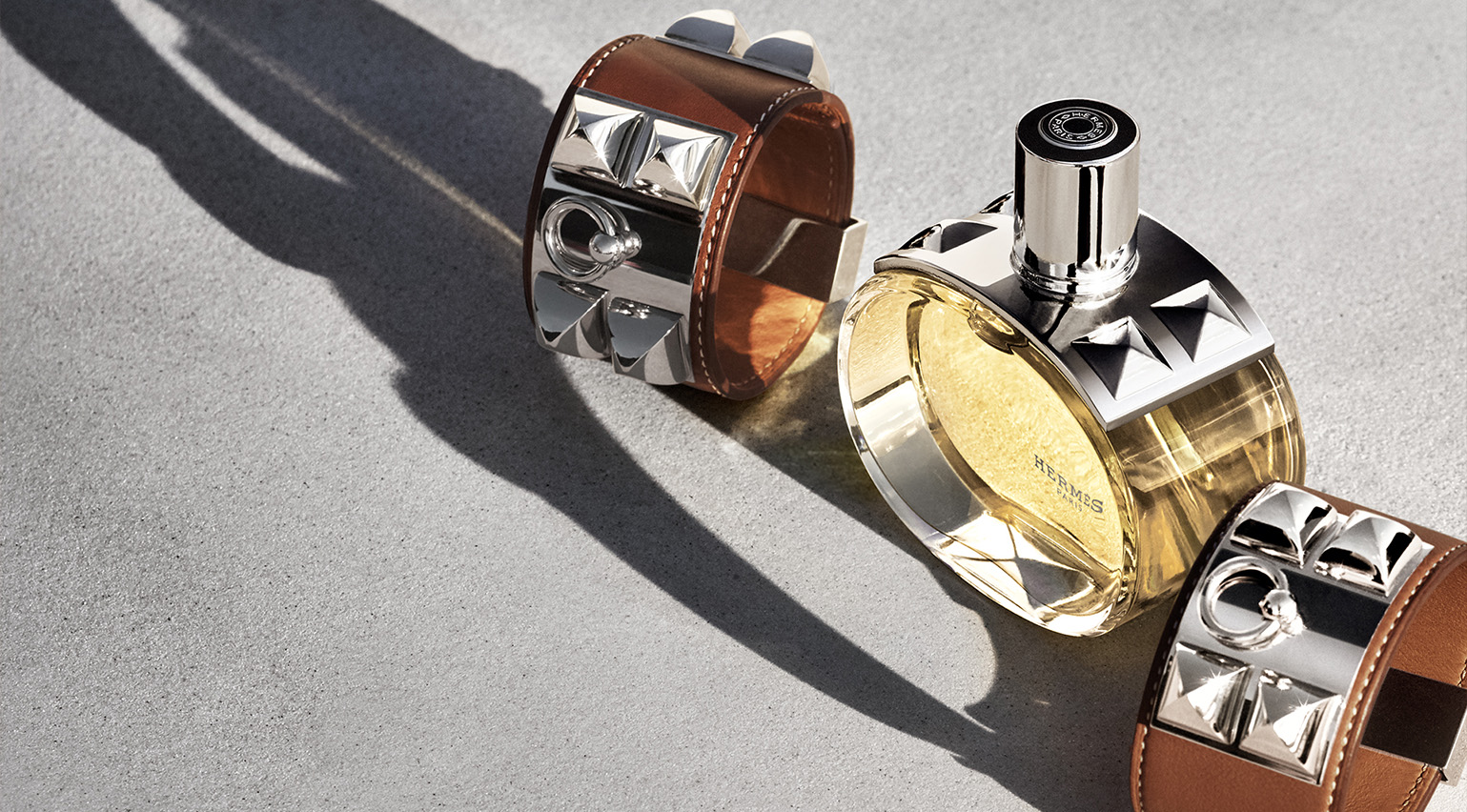
Christine Nagel, Hermès’ in-house perfumer, is a synesthete and a storyteller. I met her for the first time in person earlier this year (2024) to discuss ‘Oud Alezan’, a warm and heady scent inspired by Nagel’s emotive encounter with a chestnut mare named Scheherazade, at the annual Saut Hermès in Paris. Her words, softly spoken in French, were relayed through an interpreter. But I was captivated nonetheless.
‘Barénia’ is Nagel’s latest creation for the house since her appointment ten years ago – and has taken almost as long to produce. It’s also the first-ever chypre scent profile in Hermès’ portfolio of fragrances. (The chypre fragrance family is characterised by the contrast of fresh top notes, usually floral or fruity, and woody, mossy base accords).
Of course, in the hands of Nagel, Hermès’ iteration of a chypre is both exceptional and poetic. As she explains when we reconnect over a call, it’s a fragrance that almost ‘melts’ into the skin, shifting over time, like the patina of the soft ‘Barenia’ leather it is named after.
The story behind Hermès’ ‘Barénia’, a perfume that took Christine Nagel nearly ten years to make

Wallpaper*: ‘Barénia’ is the first chypre fragrance you have created during your tenure at Hermès. What was the development process like?
Christine Nagel: When I arrived at Hermès’, I immediately knew that I was going to make a chypre. Because, first of all, I love a chypre scent. It has the most elegant structure. It’s sensual and it’s timeless. Hermès is a timeless house. But nobody had directly asked me to make it, so I worked on the idea in my little corner, so to speak.
I wanted to take my time to get to know Hermès and the Hermès woman. I kept coming back to the idea over the years. I couldn't just leave it alone. And that’s surprising because normally when you work on something for a very long time, often you get bored with it and move on to something else. But this truly captured me.
I wanted to take my time to get to know Hermès and the Hermès woman.
Christine Nagel
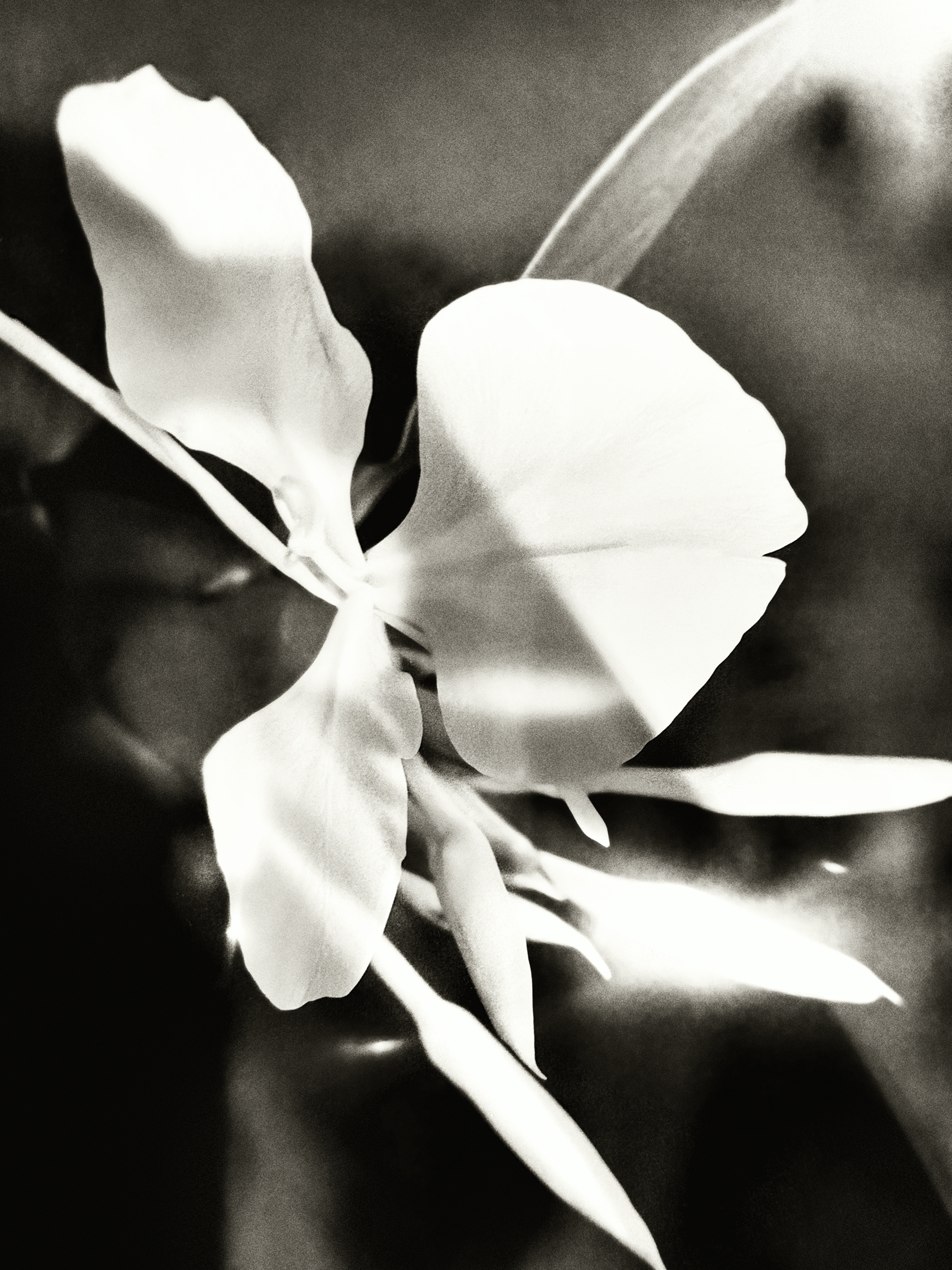
W*: Can you expand on the notes and ingredients used in ‘Barénia’?
Receive our daily digest of inspiration, escapism and design stories from around the world direct to your inbox.
CN: When I was developing ‘Barénia’ I was keen to find raw materials for a chypre perfume that are surprising and new. So, for the head notes, I used a bespoke Calabrian bergamot, made only for Hermès’. For the floral bouquet, it’s not rose, but a little flower that comes from Madagascar, which is called the butterfly lily. This is the first time it has been used in fragrance-making and is a delicate version of the big white lily that we all know. When it comes to oakmoss, I prefer to use another part of the tree, the roasted wood, which almost makes you salivate. It makes you think of a rum; sweet but also savoury.
I chose to work with two different types of patchouli. For the first, I asked for Robertet to make a patchouli extract traditionally. I wanted a very authentic patchouli, very strong. I combined it with a second, synthetic patchouli obtained through biotechnology from Givaudan called Akigalawood, which resulted in a truly unique signature.
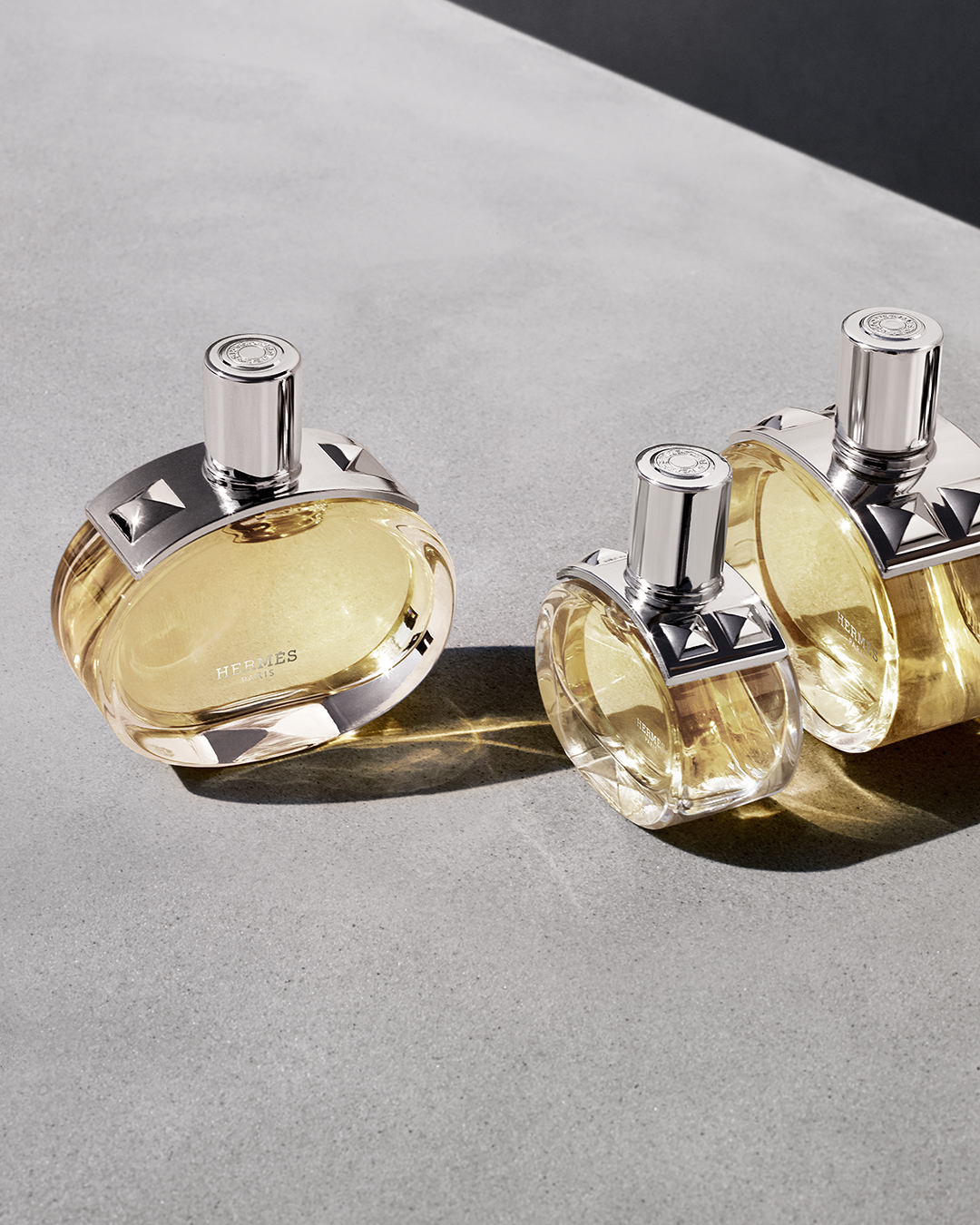
W*: How does the miracle berry come into play?
CN: When I was around ten years old, I had a complete collection of legends and fairy tales from all over the world. One stayed with me – it was about a magician living in a baobab tree. He had magical powers of making everything that was bitter, turn sweet, even human nature. I thought that story was so beautiful.
So when I became a perfumer, I tried to look for something that would do this. Three or four years ago, I discovered the miracle berry, which contains a protein called ‘miraculin’. This makes everything sour and bitter taste sweet. I got in touch with a young Frenchman who was importing them and I asked to receive 15 kilos to make an extract. What I ended up with was a bit like dried apricot. It makes your mouth water, but it isn’t too sweet.

W*: The fragrance is named after Hermès’ ‘Barenia’ leather. Can you explain how the two are connected?
CN: After presenting the fragrance to Pierre-Alexis Dumas, and receiving his approval, I met with Philippe Moquet, who would design the bottle, to tell him the story of the scent. The design is based on Hermès’ ‘Collier de Chien’. Then, we had to think of name. Naming it after ‘Barenia’ felt obvious, because that’s the leather I love the most.
All perfumers are different. Some associate fragrance and music. I’m part Italian, so I speak with my hands. For me, tactility is very important. I describe my perfumes in terms of texture; soft or round, hard or crispy. And it was important for me to make this chypre something that you want to plunge into. It’s the same sensation that I have with ‘Barenia’ leather; I want to touch it. Artisans say that Hermès’ ‘Barenia’ leather ‘gives back the caress’. A chypre fragrance is a fragrance for the skin; it too gives back the caress.
Artisans say that Hermès’ ‘Barenia’ leather ‘gives back the caress’. A chypre fragrance is a fragrance for the skin; it too gives back the caress.
Christine Nagel
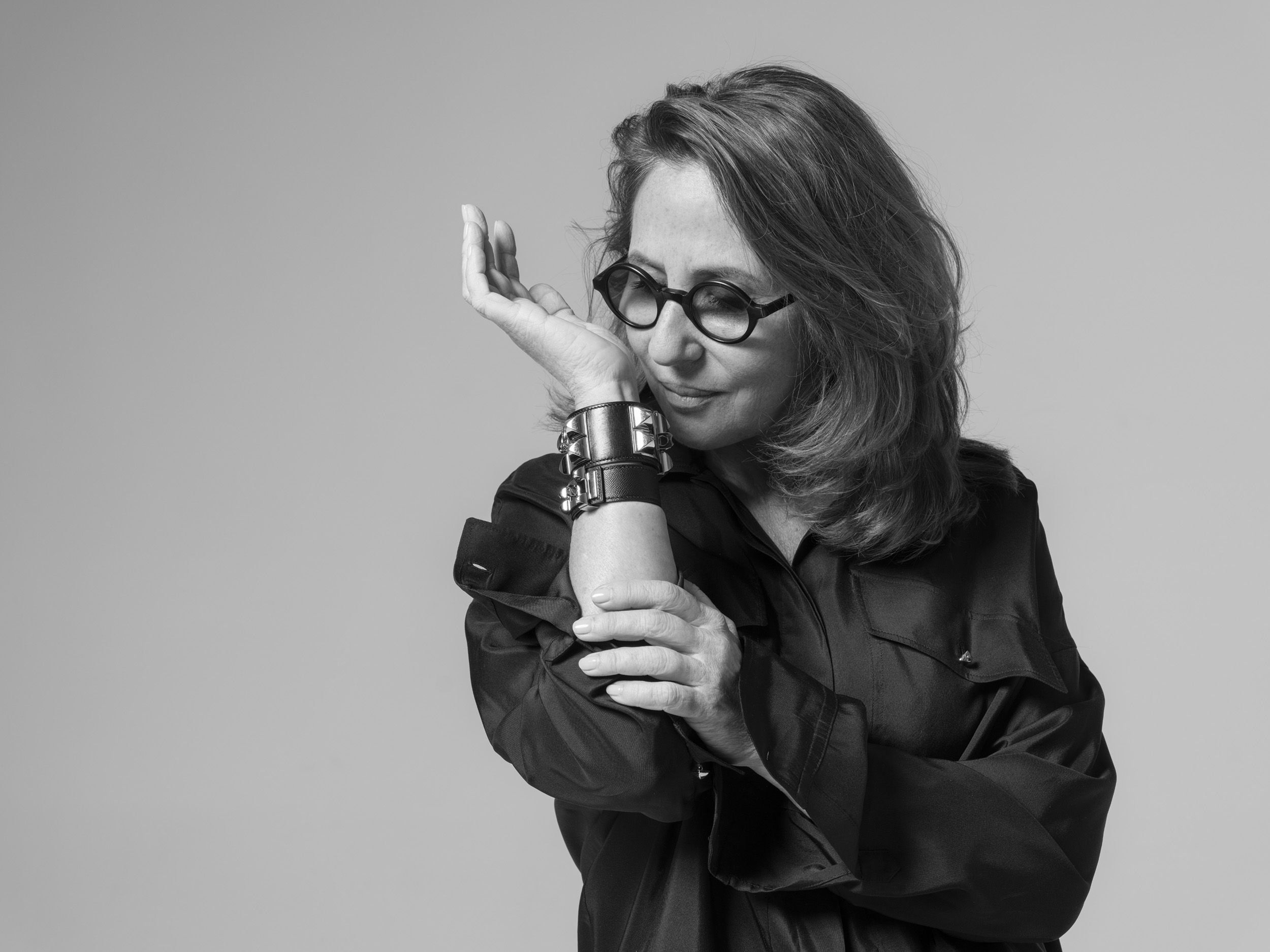
W*: How does ‘Barénia’ speak to the character of the Hermès woman?
CN: A chypre is the essence of the Hermès woman: elegant, but not ostentatious. It’s an elegance that is almost instinctive.
And I must say, all the women who have inspired me in my career have always been women with very strong instincts: Peggy Guggenheim, Sonia Delaunay, or Nancy Cunard, for example. I think the campaign is beautiful; the choice of Malgosia Bela felt fitting.
W*: Your perfumes always tell an emotive story. Why is this important to you?
CN: Perfumers look to so many different sources for inspiration. It could be a chance encounter, a meal at a restaurant, or a story from the history of the house they are creating a fragrance for. But the story has to feel authentic for the perfume to be authentic. And every time, with every new fragrance I make for Hermès, there will be an authentic story to tell.
Hannah Tindle is Beauty & Grooming Editor at Wallpaper*. She brings ideas to the magazine’s beauty vertical, which closely intersects with fashion, art, design, and technology.
-
 A compact Scottish home is a 'sunny place,' nestled into its thriving orchard setting
A compact Scottish home is a 'sunny place,' nestled into its thriving orchard settingGrianan (Gaelic for 'sunny place') is a single-storey Scottish home by Cameron Webster Architects set in rural Stirlingshire
-
 7 colours that will define 2026, from rich gold to glacier blue
7 colours that will define 2026, from rich gold to glacier blueThese moody hues, versatile neutrals and vivid shades will shape the new year, according to trend forecasters
-
 In Norway, discover 1000 years of Queer expression in Islamic Art
In Norway, discover 1000 years of Queer expression in Islamic Art'Deviant Ornaments' at the National Museum of Norway examines the far-reaching history of Queer art
-
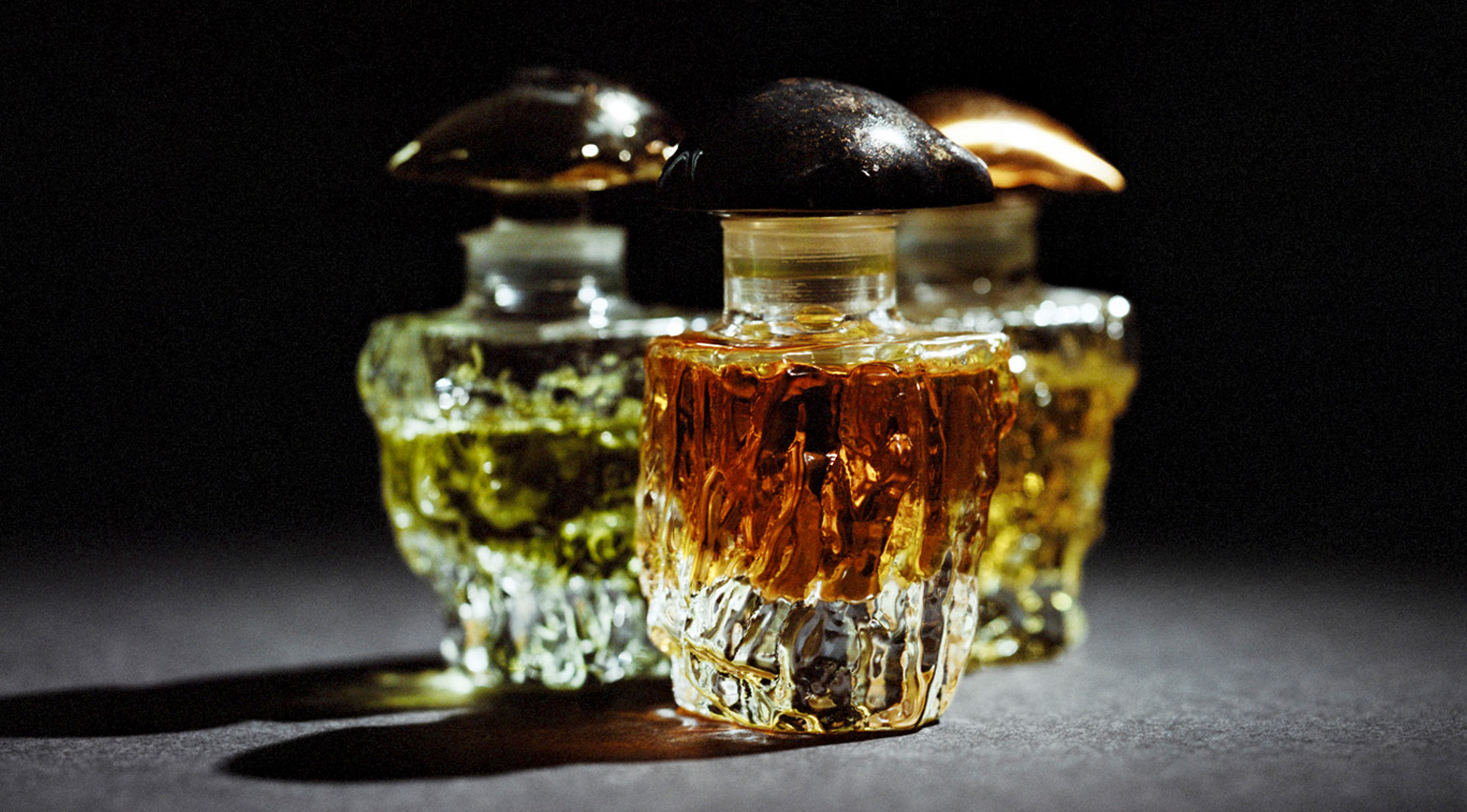 Incorp brings together the work of Sissel Tolaas and Panconesi in three unique fragrances
Incorp brings together the work of Sissel Tolaas and Panconesi in three unique fragrancesCollaborative fragrance project Incorp was founded by Kira Lillie, bringing together the work of artist Sissel Tolaas, jewellery designer Marco Panconesi and more
-
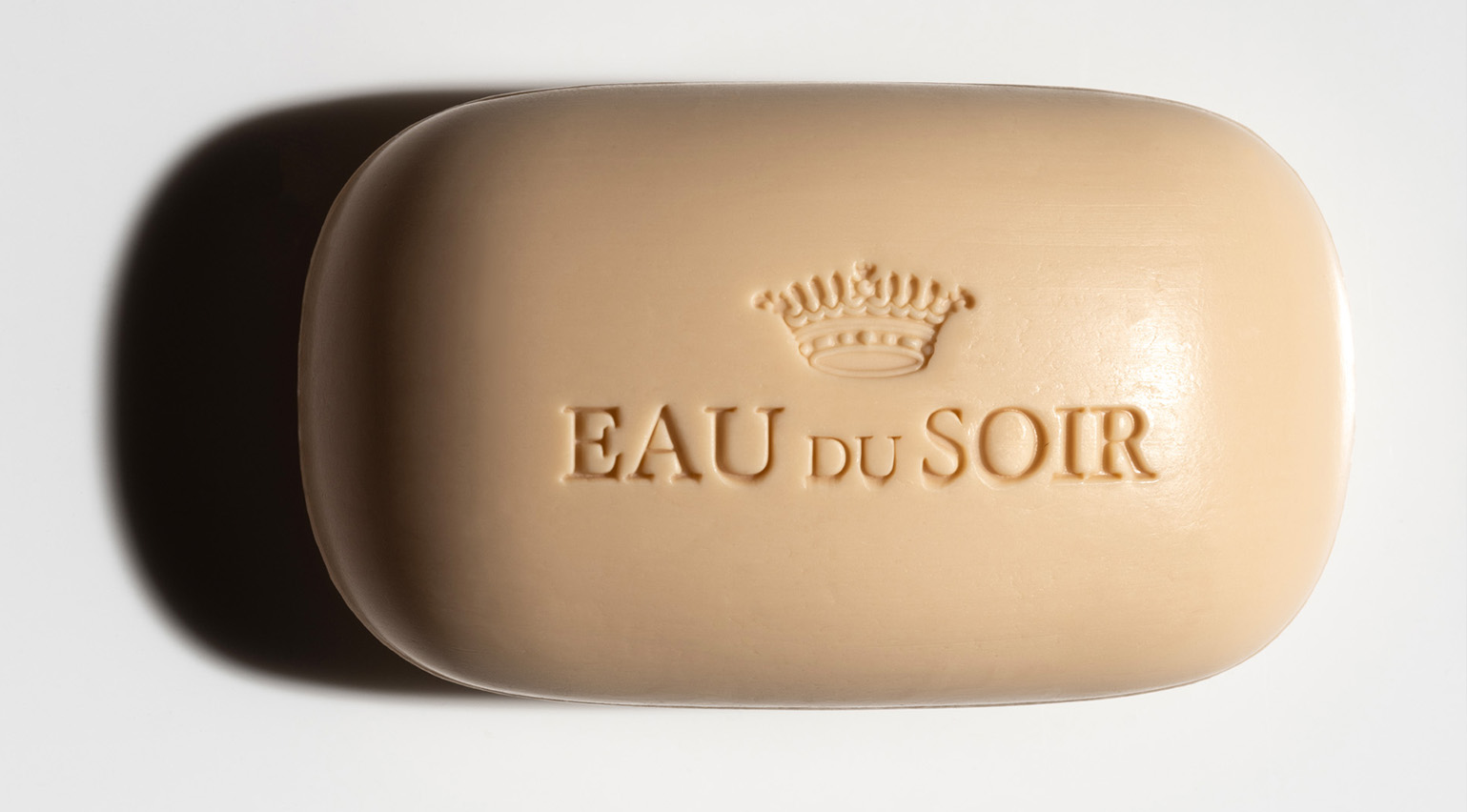 Unboxing beauty products from 2024, as seen on the pages of Wallpaper*
Unboxing beauty products from 2024, as seen on the pages of Wallpaper*Wallpaper's 2024 beauty picks included Chanel lipstick, Bottega Veneta perfume and solid soap from the likes of Aesop, Celine, Diptyque, Hermès and Sisley
-
 These illuminating fashion interviews tell the story of style in 2024
These illuminating fashion interviews tell the story of style in 2024Selected by fashion features editor Jack Moss from the pages of Wallpaper*, these interviews tell the stories behind the designers who have shaped 2024 – from Kim Jones to Tory Burch, Willy Chavarria to Martine Rose
-
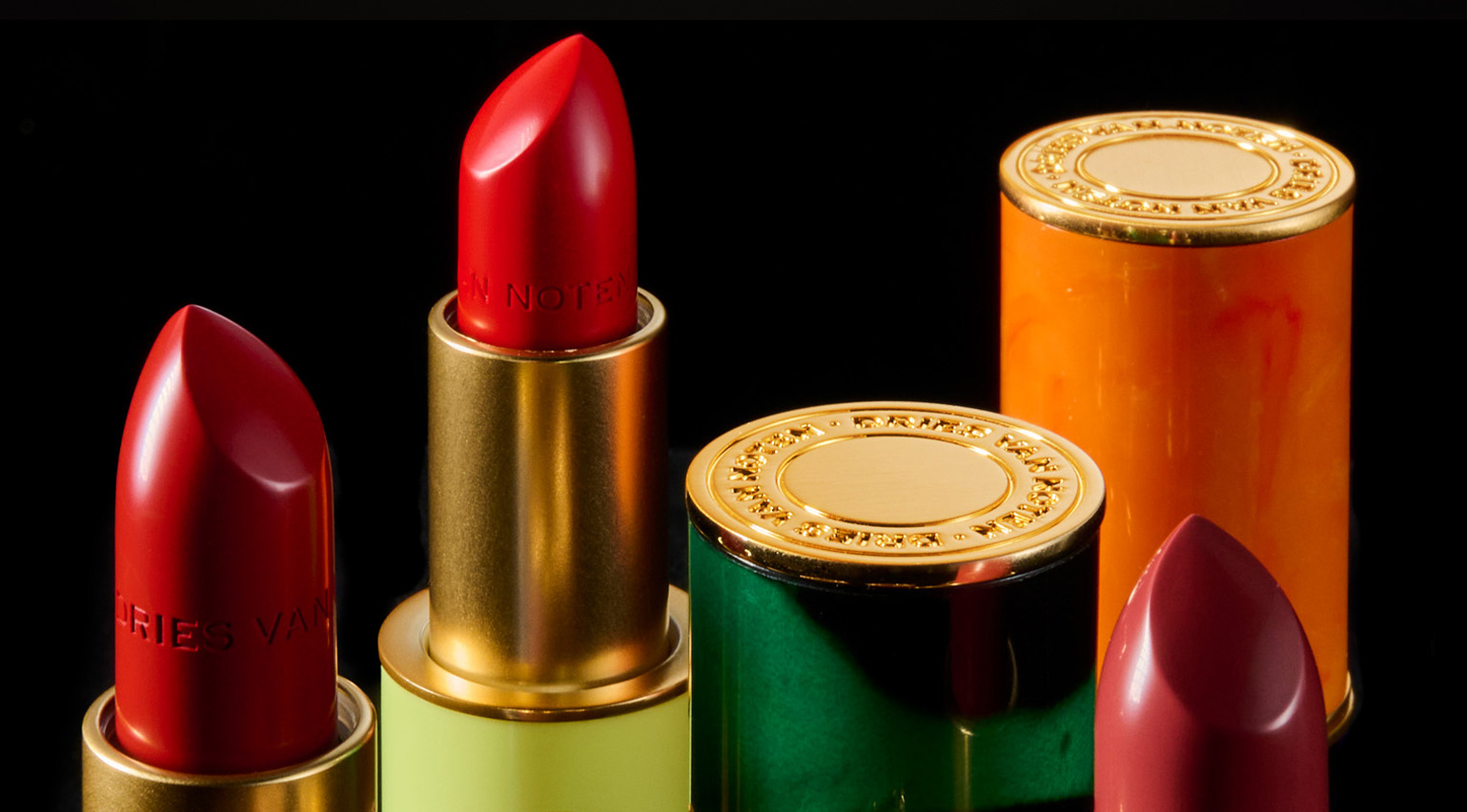 ‘There is more work to be done in the garden’: Dries Van Noten on deciding to grow his burgeoning beauty line
‘There is more work to be done in the garden’: Dries Van Noten on deciding to grow his burgeoning beauty lineFor Dries Van Noten, 2024 has been a landmark year. After stepping down from fashion in June, the designer speaks to Wallpaper* about a new focus on nurturing the brand’s beauty line and spending more time in his beloved garden
-
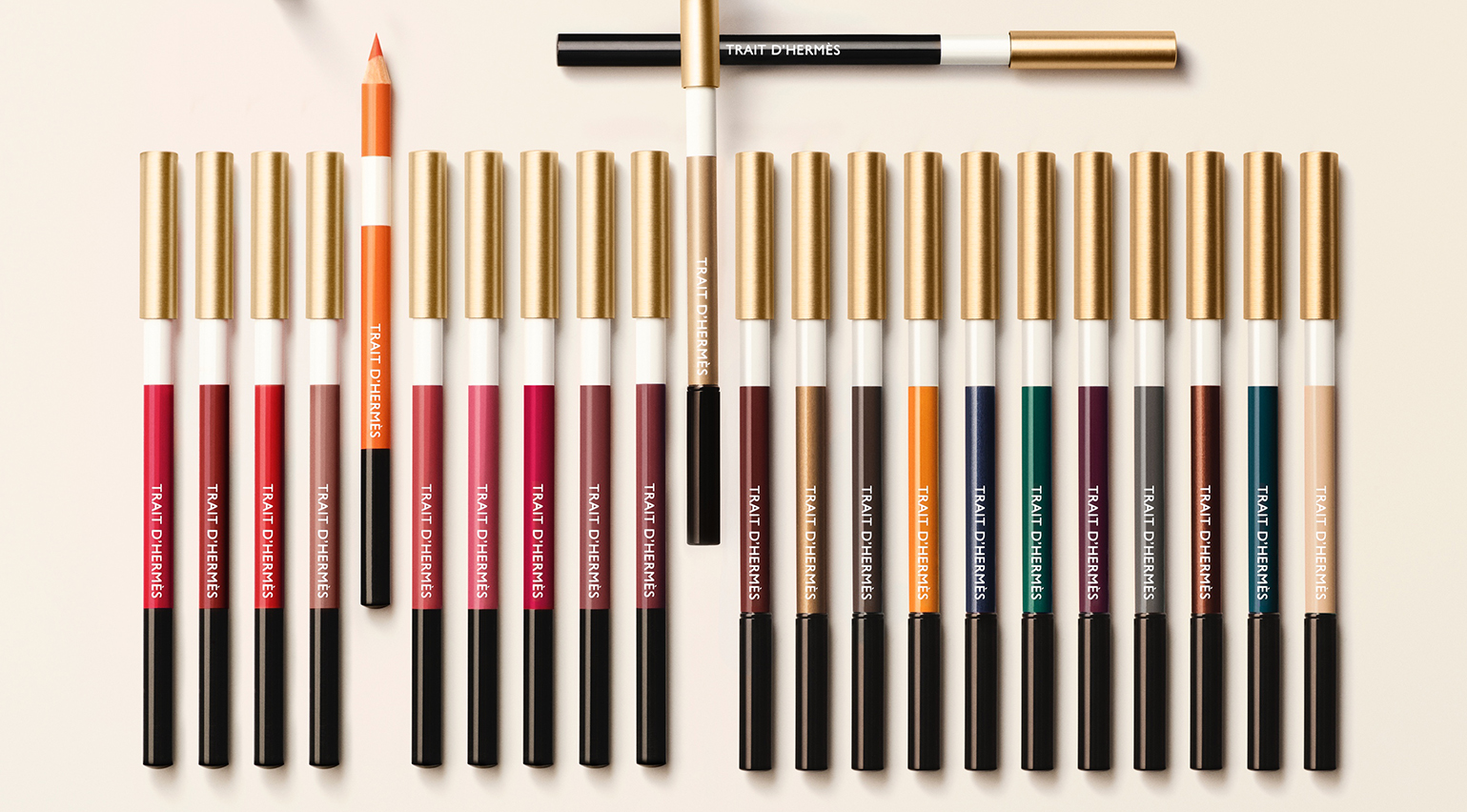 Hermès Beauty’s eye and lip pencils invite playfulness with colour and texture
Hermès Beauty’s eye and lip pencils invite playfulness with colour and textureHermès Beauty’s creative director Gregoris Pyrpylis has added to the ‘Trait d’Hermès’ collection with a set of eye and lip liners in kaleidoscopic colours. Here, he speaks to Wallpaper* about their playful design
-
 Discothèque perfumes evoke the scent of Tokyo in the year 2000
Discothèque perfumes evoke the scent of Tokyo in the year 2000As Discothèque gets ready to launch its first perfume collection, Mary Cleary catches up with the brand’s founders
-
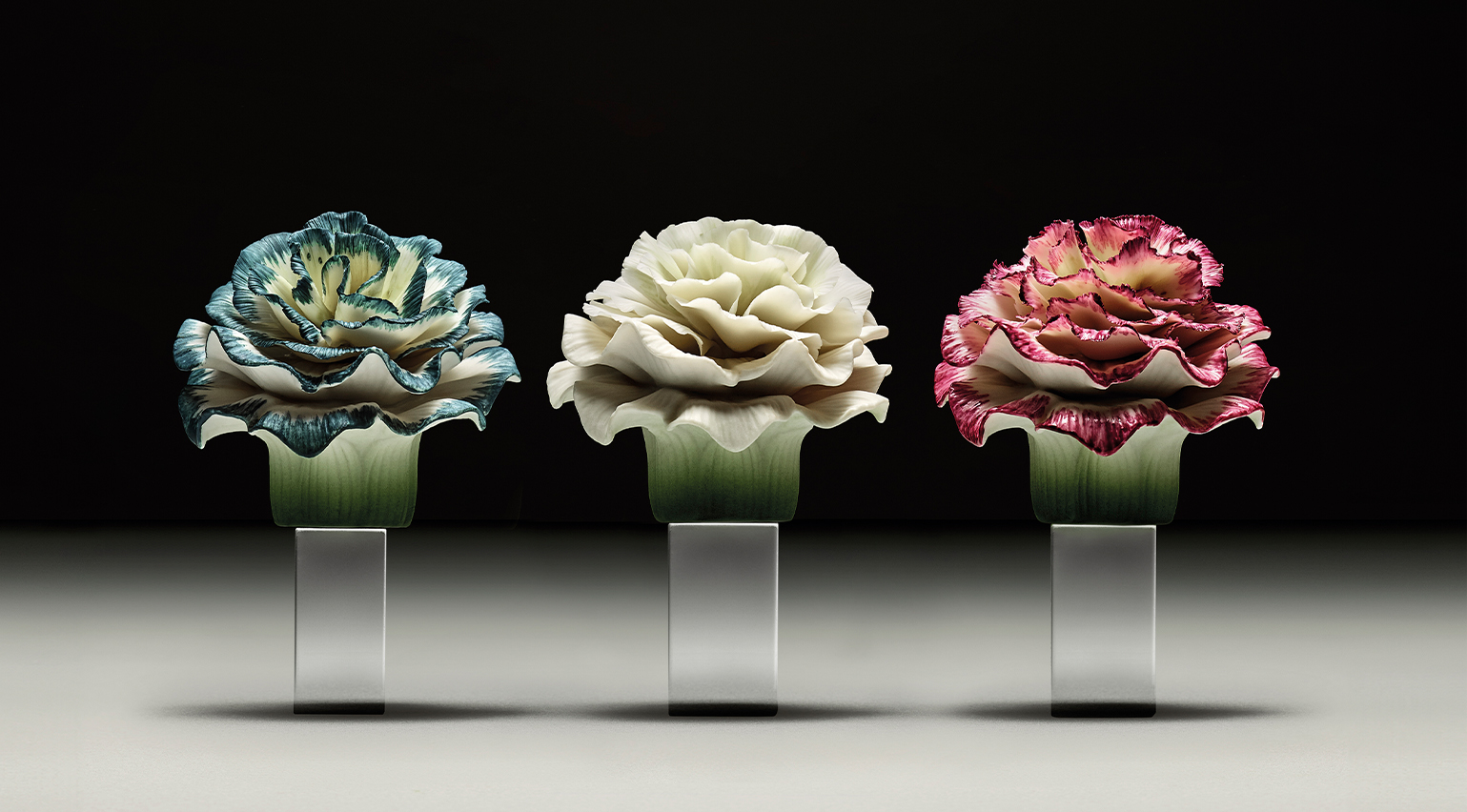 Inside the making of Loewe Perfumes’ porcelain bottle toppers, delicately crafted by Lladró
Inside the making of Loewe Perfumes’ porcelain bottle toppers, delicately crafted by LladróLoewe Perfumes’ limited edition flask toppers are crafted by Spanish porcelain company Lladró. Mary Cleary takes a look inside the making process, as featured in the October 2024 issue of Wallpaper*
-
 Watch: Jamie Dornan takes a bath in Le Corbusier’s villa for Loewe Perfumes
Watch: Jamie Dornan takes a bath in Le Corbusier’s villa for Loewe PerfumesJamie Dornan stars alongside Sophie Wilde in the new Loewe Perfumes 2024 campaign, shot by David Sims in Le Corbusier’s Villa Savoye